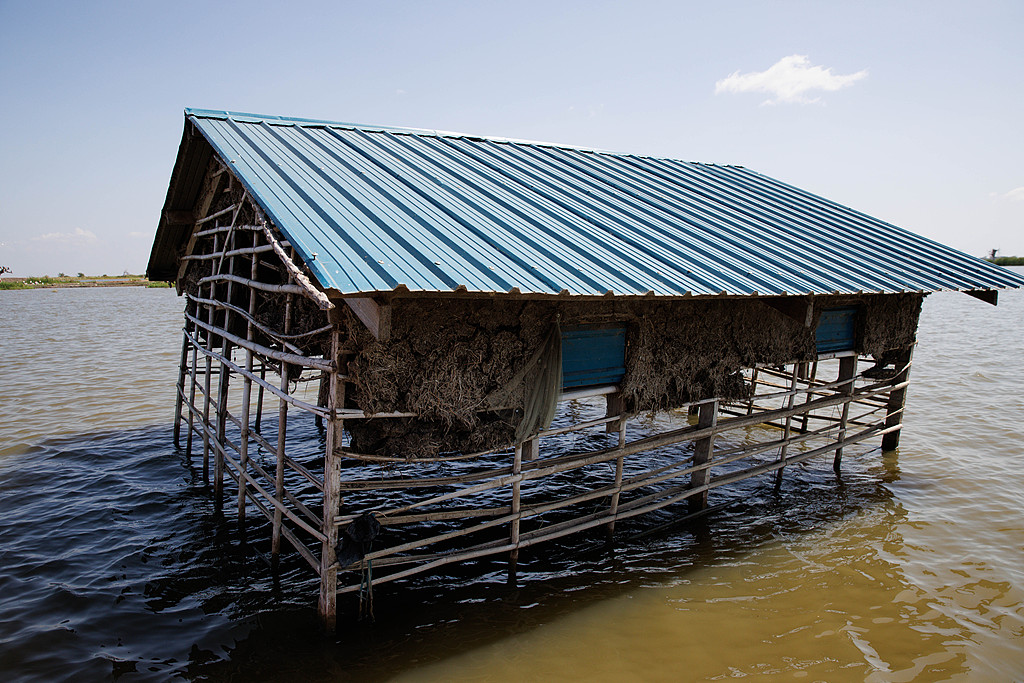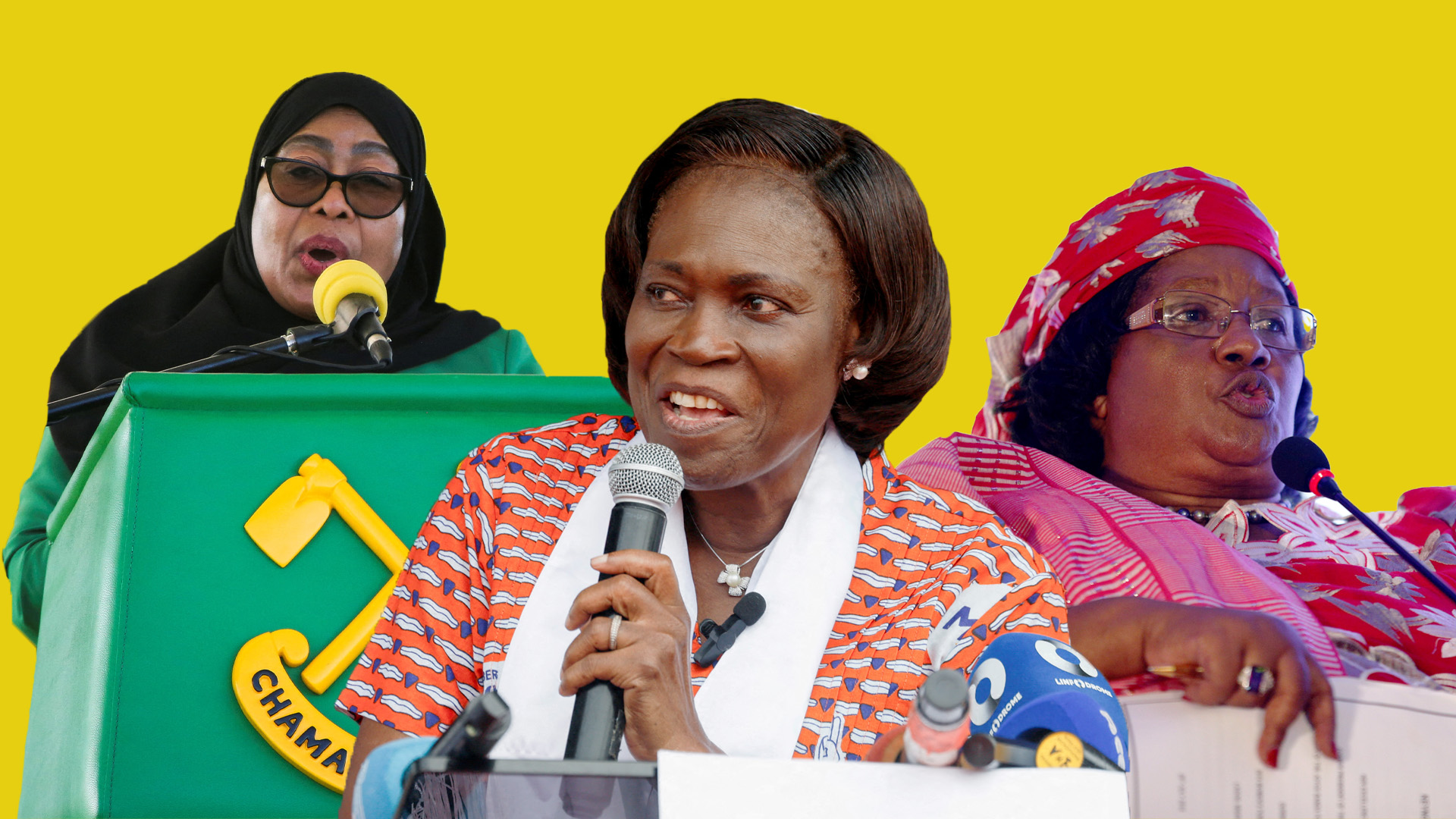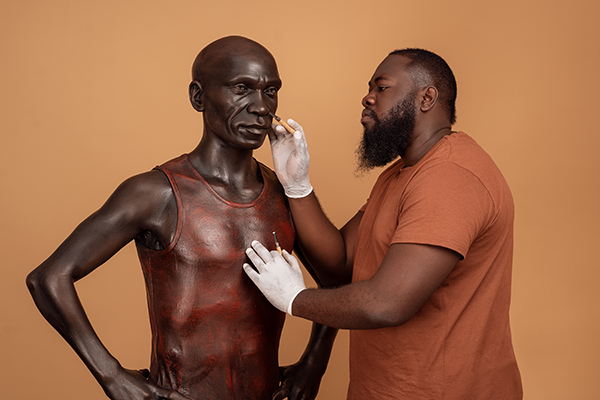
10 things you probably didn’t know about Sierra Leone
Sierra Leone heads into a crucial poll in less than three days.
There is excitement in the electorate especially the youth who hope this vote will present new opportunities for the country.
The incumbent Ernest Bai Koroma is stepping down having served the constitutional limit of two five-year term.
The country has been able to experience substantial economic growth in recent years, despite going through the ruinous civil war, Ebola and the recent mudslide.
Ahead of the poll day on March 7, here are some things you might not know about the West African nation:
- What does the name Sierra Leone mean

A Portuguese explorer Pedro de Sintra while sailing down the West African coast in1462, is said to have seen the tall mountains rising from what is now Freetown peninsula or harbor, and named the area ‘Serra de Leão (‘mountains of the lion’, or ‘hills of the lion’) because of the shape formed by the hills surrounding the harbor. The Spanish rendering of this geographic formation is Sierra Leona, which later was adapted and, misspelled, became the country’s current name. The identity of the person who named Sierra Leone still remains unclear.
- Transatlantic slave trade departure point
Archaeological evidence has suggested that Sierra Leone has been inhabited continuously for at least 2,500 years, mainly by successive movements of people from other parts of Africa. The country was used as the departure point for thousands of West African captives. Export slavery remained a major business in Sierra Leone from the late 15th century to the mid-19th century. The Atlantic slave trade was banned by the British in 1807, but illegal slave trading continued for several decades after that.
- The Cotton Tree

The tree stands near the Supreme Court building, Music Club Building, and the National Museum in the capital Freetown and is a historic symbol of the city. Legend suggests that, the “Cotton Tree” gained importance in 1792 when a group of former African American slaves, who had gained their freedom by fighting for the British during the American War of Independence, settled the site of modern Freetown. The tree is the oldest cotton tree in Freetown, Sierra Leone or possibly in the world.
- The 10-year civil war, Ebola and mudslide

There are few countries in the world that could have exceeded Sierra Leone’s share of misfortunes. Tens of thousands of people lost their lives during the civil war that begun in 1991 and lasted for more than a decade. Countless more suffered mutilation or rape and more than a third of the population was displaced. In 2014, the largest Ebola epidemic ravaged the country killing at least 4,000 people in Sierra Leone. In January 2016 the country was declared Ebola-free. And as if that was not enough, one year later, a landslide hit the country’s capital, Freetown at 6 am when many where still sleeping. Hundreds of people were killed after a hillside close of Freetown collapsed following heavy rains at night.
- Top diamond producing nation in the world

Sierra Leone is rich in diamonds and other minerals. In 1972, the world’s third-largest gem-quality diamond, called the Star of Sierra Leone was found here. This country is one of the top ten diamond producing nations in the world. Mineral exports remain the main currency earner.
- Rice the staple food

Rice is Sierra Leone’s staple food and is consumed at virtually every meal daily. It should never comes as a shock when you hear a Sierra Leonean say, without any exaggeration, “If I haven’t eaten rice today, then I haven’t eaten!” Another popular food in the country is the cassava. The cassava leaves are used to make a green stew that traditionally contains meat and fish, the roots are used to make bread.
- Largest natural habour in Africa

Freetown has the largest natural harbor on the African continent. The Queen Elizabeth II Qua, is also the world’s third largest natural harbor. It is capable of receiving oceangoing vessels of all kinds.
- Religious tolerant nation

Sierra Leone has a unique history of religious diversity with three primary religious groups taking center stage: the Muslims, Christians and adherents to traditional African beliefs. Islam is the largest religion in Sierra Leone, with significant Christian and animist minorities. 78.0% of the population is Muslim, 20.9% is Christian, while the rest of the population are of the remaining religions, the Pew Research Centre estimates. Everyone is allowed to enjoy their religion without any form of interference. Often times you will see people from these different religions interacting peacefully.
- Major languages
The West African country is a multilingual nation. English is the official language while Krio is the most widely spoken. The Mende is spoken by 37% of the population as a mother tongue in southern Sierra Leone, the Temne, in northern Sierra Leone and some part of the Capital and the Western Area. Other languages include Kono, Kissi, Kuranko, Limba, Fula (Pular) and Susu. The Krio, an English-based creole language, is spoken as a lingua franca in virtually all parts of Sierra Leone
- Change in politics

This 2018 poll has presented Sierra Leone with an opportunity to have its second peaceful transition of leadership since the Incumbent Ernest Bai Koroma, of the All People’s Congress (APC), is standing down having served the constitutional limit of two five-year terms. APC’s Samura Kamara, will run against Brig. (Rtd.) Julius Maada Bio of the Sierra Leone People’s Party (SLPP) and Kandeh Yumkella of the newly minted National Grand Coalition (NGC). NGC is considered a new player in the game in a country that has been dominated by two major parties. The NGC emerged in the summer of 2017 after a power struggle within the SLPP, fueling talk of a “third way.” For one to have an outright win they must attain 55 percent plus one of the vote in the first round.






